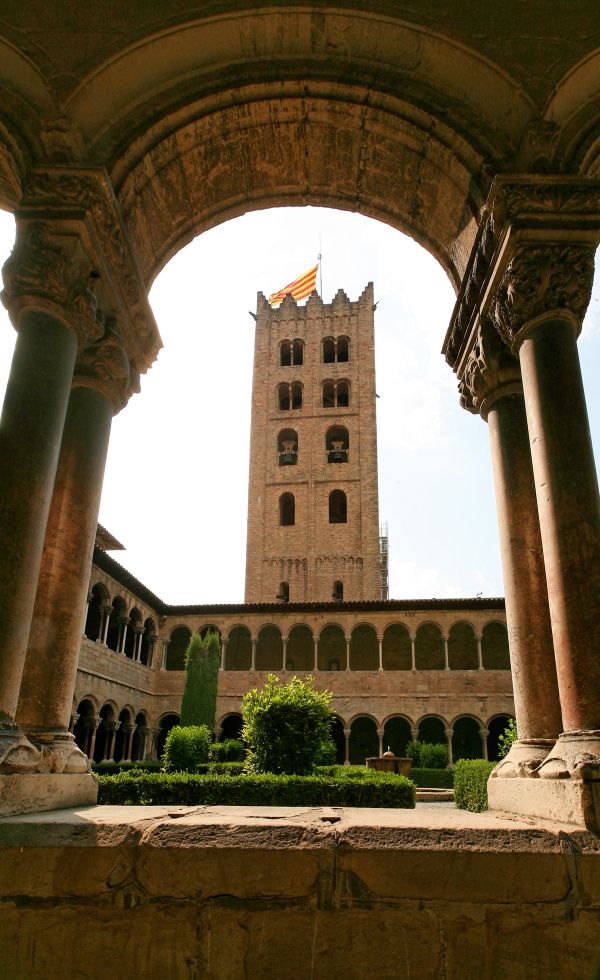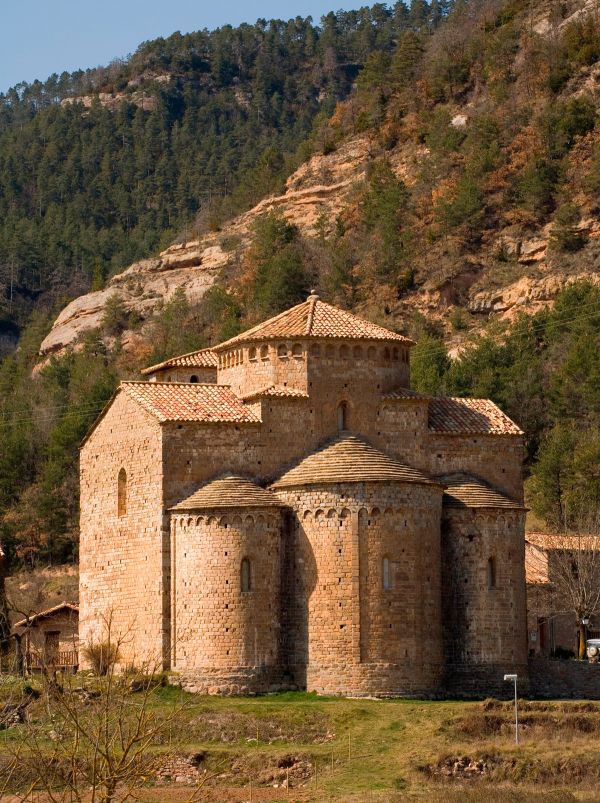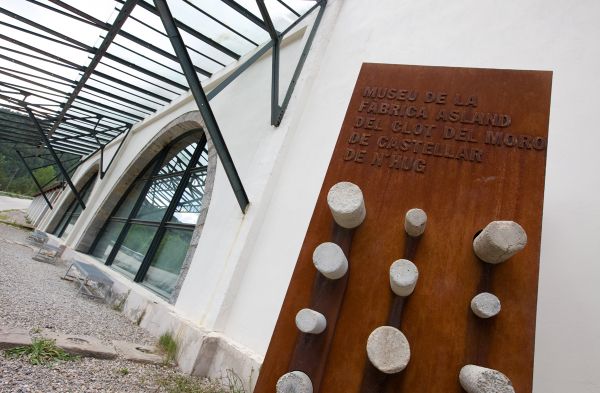We suggest you to begin the journey at the final resting place of such illustrious characters as
Guifré el Pilós,
Ramon Berenguer III,
Ramon Berenguer IV and
Bernat Tallaferro. We are speaking of the
monastery of Sant Maria de Ripoll: it is an emblematic monument of the Romanesque style consecrated in 888. Taking time to view the sculptures of its magnificent portico is essential!
BERGUEDÀ: BETWEERN ART AND INDUSTRYIn
Sant Jaume de Frontanyà you will find a survivor of the Romanesque: its
monastery. Of the original building only the church, three apses and transept remain. Observe its 12-sided dome, unique in all of the Catalan Romanesque style.
Art and work define the Berguedà. In
Cercs you can visit the
pre-Romanesque church of Pedret after passing over the Gothic bridge that provides access. Don’t forget the town's most recent history, explored in greater depth in the
Museu de les Mines de Cercs (Museum of the Cercs Mines). To the north is
Guardiola de Berguedà, also a mining region and also with a Romanesque treasure: The
(restored) monastery of Sant Llorenç next to Bagà.
Before leaving the county we suggest you to make two more stops. The first visit is to the
heritage of Pobla de Lillet, where the church houses a 12th century
Christ. However, if you prefer to be outdoors you can pass through the
Gardens of Can Artigas, designed by Antoni Gaudí, and the Romanesque Old Bridge.
The journey continues following the river Llobregat to Castellar de n’Hug that also shows you its two sides: the Romanesque of the
churches of Sant Maria and that of Sant Vicenç de Rus, and the industrial side in the
Asland Cement Factory.
PATH OF THE CANIGÓ MOUNTAINIn
Bellver de Cerdanya you mustn't miss the
bell tower of Sant Eugènia de Nerellà. Its peculiarity is that it is strongly inclined towards the southeast. That is why it is known as the 'Tower of Pisa of la Cerdanya'! However, much before the arrival of the Romanesque, this area had artistic marvels such as the cave paintings of the
Ingla Valley Shelter and the remains in the
Cova d’Anes.
Guils de Cerdanya is our penultimate stop. The Romanesque style of
Sant Esteve de Guils and its ornamentation with animal motifs will surprise you... and finally, we give you a good reason to enter the Conflent: at the very foot of the Canigó mountain is the
abbey of Sant Miquel de Cuixà. Did you know that its capitals are currently found in
New York?
Have we managed to inspire you? If you have any other interesting suggestions please send them to us on Facebook or publish your photos on Instagram with the hashtag #patrimonicultural. 


